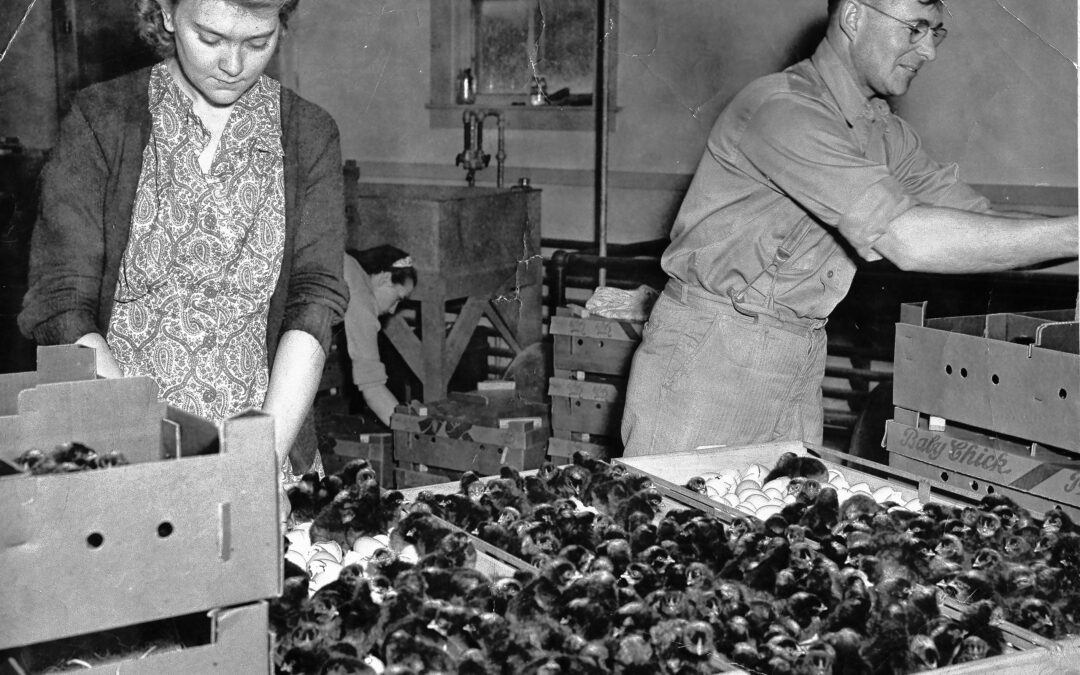The history of the farm Lester Murray established alongside the Contoocook River follows the trail of much of Concord’s agriculture during the twentieth century. “Most farms in the early 1900s – we go back to 1903 – were dairy,” said Don Murray, Lester’s grandson. Up in the mornings early, no matter how cold, to milk the cows, and when animals were sick or calving, the family stayed up late to care for them.
Farming was shifting from a subsistence enterprise to a commercial operation. The plows, drawn by horse, or oxen in the century gone by, sported iron points that broke the soil more efficiently. The hand-held scythe gave way to the mowing machine, and a single farmer could now cultivate and harvest several acres. The railroad, and soon the truck, made it possible for farmers to transport their crops to city markets.
And dairy farming, which in the nineteenth century had concentrated on producing butter, now centered on fluid milk.
By the 1940s, city regulators – concerned about the quality of fluid milk – insisted that all milk in Concord be pasteurized. The rationing imposed during World War II limited deliveries to every other day. The market was shrinking, and pasteurization required new, expensive equipment, which discouraged Lester Murray and his son Jesse.
“Plus,” Don Murray said, “at that time my father, Jess, got married and he wanted to have a little freedom from the daily time that was required – the early milkings, the late nights, seven days (a week) at ungodly hours – and he became interested in poultry. So my grandfather decided, partly because of the requirement of pasteurization and my dad’s change of interest, that he would give up dairy, and they gradually got larger, as time went on, in poultry.
 This chapter about the early years of Murray Farm and other Concord-area farms was written by John C Porter and included in Chapter 3 of Crosscurrents of Change.
This chapter about the early years of Murray Farm and other Concord-area farms was written by John C Porter and included in Chapter 3 of Crosscurrents of Change.


 View Print Edition
View Print Edition